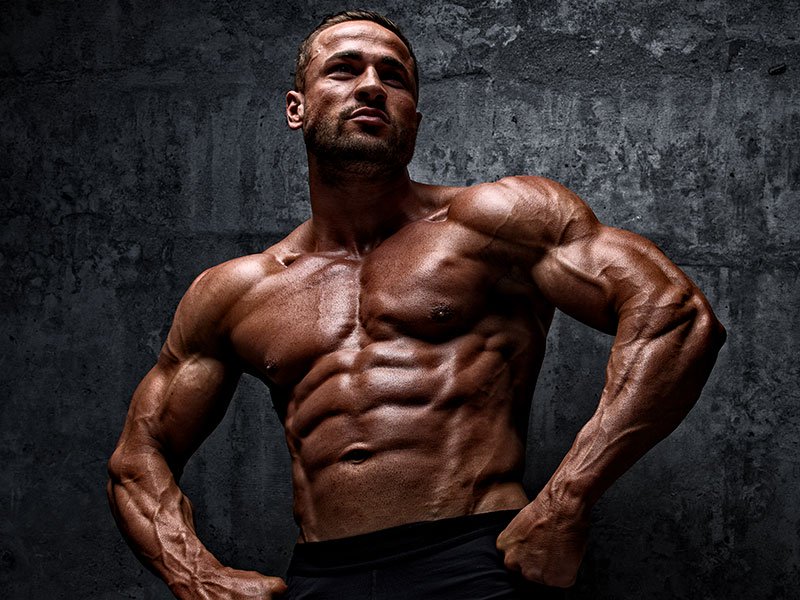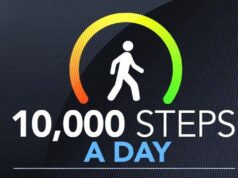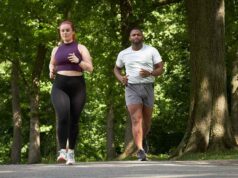Should You Do Cardio Before or After Weights?
If you’ve ever walked into the gym wondering whether to hit the treadmill or the dumbbells first, you’re not alone.
The question of whether to do cardio before or after weight training is one of the most commonly asked in the fitness world. And like most things in training, the answer isn’t one-size-fits-all. It depends on your goals.
Let’s break down the pros and cons of each approach and help you decide what works best for your specific goals—whether it’s building muscle, burning fat, improving endurance, or just staying healthy.
First, Know Your Goal
Before deciding on workout order, you need clarity on what you’re trying to achieve. Ask yourself:
- Do I want to build muscle?
- Is my priority fat loss?
- Am I training for endurance or athletic performance?
The way you structure your workout should reflect your primary goal. Why? Because the type of exercise you do first is the one you’ll likely put the most energy into. Your muscles are fresh at the beginning of a session. That’s when you’ll perform your best.

If Your Goal is Building Muscle or Strength
Do weights first.
Lifting weights when your muscles are fresh allows you to push heavier loads with better form. That’s critical for muscle growth and strength gains.
Doing cardio beforehand—especially moderate or high-intensity—can fatigue your legs and sap your energy levels. You’ll likely lift less weight, do fewer reps, and compromise your training intensity.
What the research says:
Studies show that doing cardio before resistance training can reduce power output and muscle activation. One study published in Journal of Strength and Conditioning Research found that treadmill running before lifting significantly reduced performance on strength exercises like the squat and bench press.
Bottom line: Prioritize your resistance training if your main goal is to gain muscle or build strength. Do cardio after weights, or on separate days entirely.
If Your Goal is Fat Loss
Either order can work, but weights first may give you an edge.
The logic behind doing cardio first for fat loss is that it warms you up, gets your heart rate up, and starts the calorie burn early. But there’s a strong case for doing weights first.
Why? Because lifting weights also burns calories—and more importantly, it helps you build lean muscle. Muscle is metabolically active, meaning it burns calories even at rest. If you sacrifice the quality of your weight training by tiring yourself out on the treadmill first, you may limit your results.
Bonus: Some studies suggest that doing cardio after weights can increase fat oxidation (aka fat burning). Your glycogen stores—your body’s primary source of quick energy—are used up during weight training. When you hit cardio afterward, your body may tap into fat stores more efficiently.
Bottom line: If fat loss is your goal, do what helps you train the hardest and stay consistent. But for most people, weights first is the better option.
If Your Goal is Endurance or Cardiovascular Fitness
Do cardio first.
If you’re training for a 10K, half marathon, cycling event, or just trying to improve cardiovascular health, then your priority should be cardio. You want your legs fresh and your energy high when you train for endurance.
Doing heavy lifting first could compromise your ability to maintain a steady pace or intensity during your cardio session. And if your form breaks down when you’re running or cycling, you risk injury.
Bottom line: Lead with cardio if that’s your focus. Save resistance training for later or on alternate days.
What About Doing Both on the Same Day?
Many people want the benefits of both strength training and cardio. If you’re one of them, the key is intelligent sequencing and intensity management.
Here’s how to balance both effectively:
- Weights first, cardio after if your goal is body composition (muscle + fat loss).
- Cardio first if your training has a sport-specific or endurance goal.
- Split them up if you can. Do cardio and weights at different times of day, or alternate days to reduce fatigue and maximize performance.
- Keep it short and intense. If you’re short on time, high-intensity interval training (HIIT) after weights can be an efficient way to get cardio benefits without dragging out your workout.
How Much Rest Between Cardio and Weights?
If you’re doing both back-to-back, give yourself 5–10 minutes to recover, hydrate, and reset your focus. If you’re doing them at separate times of the day, spacing them 6–8 hours apart allows for better recovery and performance in each.
Other Factors to Consider
Time constraints: If you only have 45–60 minutes to train, prioritize your goal. Don’t waste your most focused time and energy on what matters less.
Training experience: Beginners often benefit from full-body routines that include both cardio and resistance training. The order isn’t as critical in the early stages as building the habit.
Recovery ability: If you’re doing intense cardio and heavy lifting on the same day, you need adequate recovery—sleep, nutrition, and rest days are essential.

The Takeaway
There’s no one right answer for everyone. The best order of cardio and weights depends on your primary fitness goal:
| Your Goal | Recommended Order |
| Build muscle/strength | Weights before cardio |
| Lose fat | Weights before cardio |
| Improve endurance | Cardio before weights |
| General health | Either is fine |
If you’re serious about maximizing your results, lead your workouts with the most important component. That’s where your energy and focus should go.
Final Tip
No matter which order you choose, consistency beats perfection. Don’t let the cardio-vs-weights debate paralyze your training. The best routine is the one you’ll actually stick to—and the one that aligns with your goals.
Visual Aid:
Infographic: Optimal Workout Order Based on Fitness Goals
- Muscle Building: 🏋️♂️ Weights → 🏃♂️ Cardio
- Fat Loss: 🏋️♂️ Weights → 🏃♂️ Cardio
- Endurance Training: 🏃♂️ Cardio → 🏋️♂️ Weights
- General Fitness: 🏋️♂️ Weights ↔️ 🏃♂️ Cardio (Flexible)




